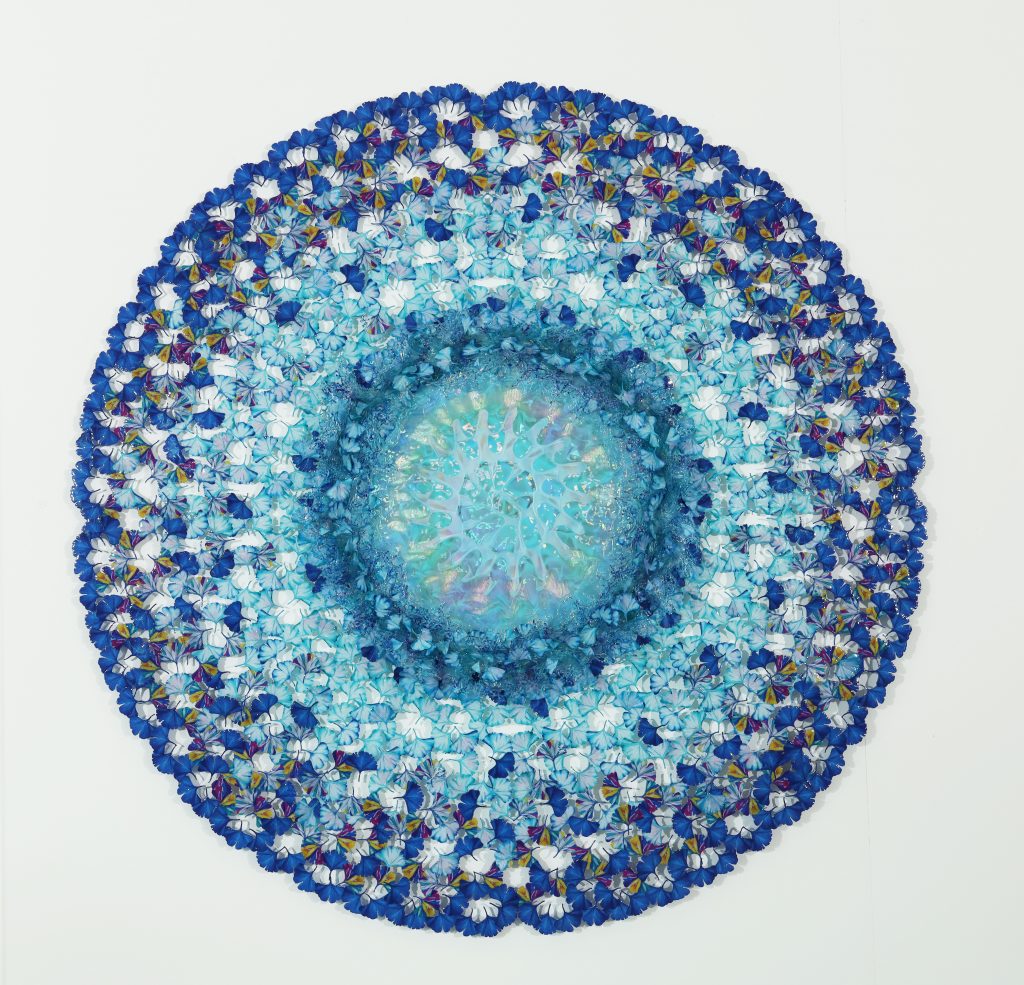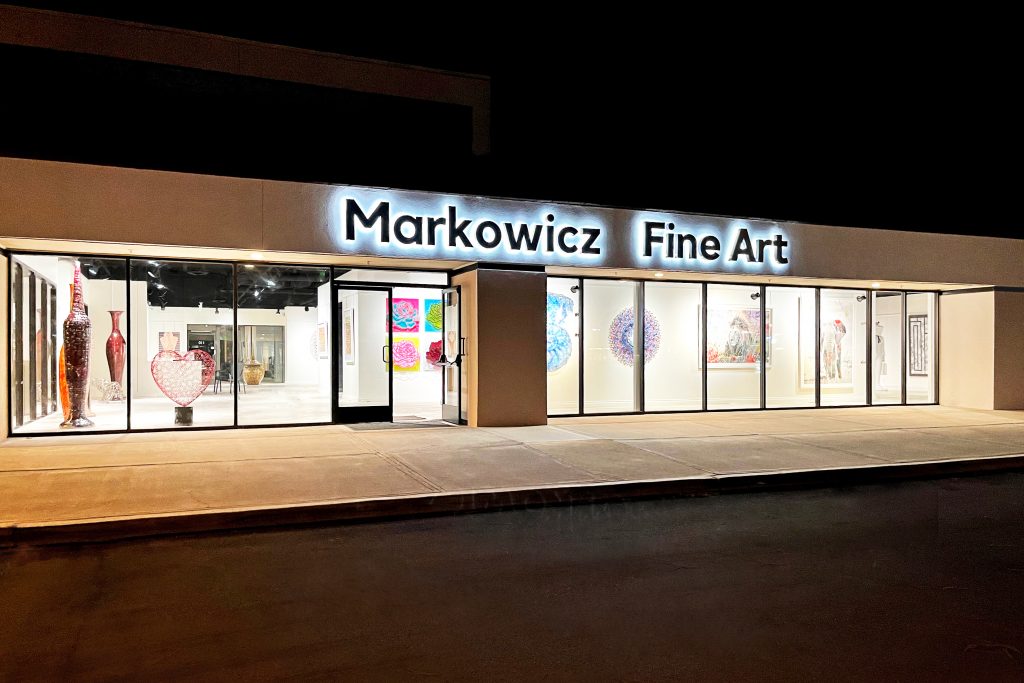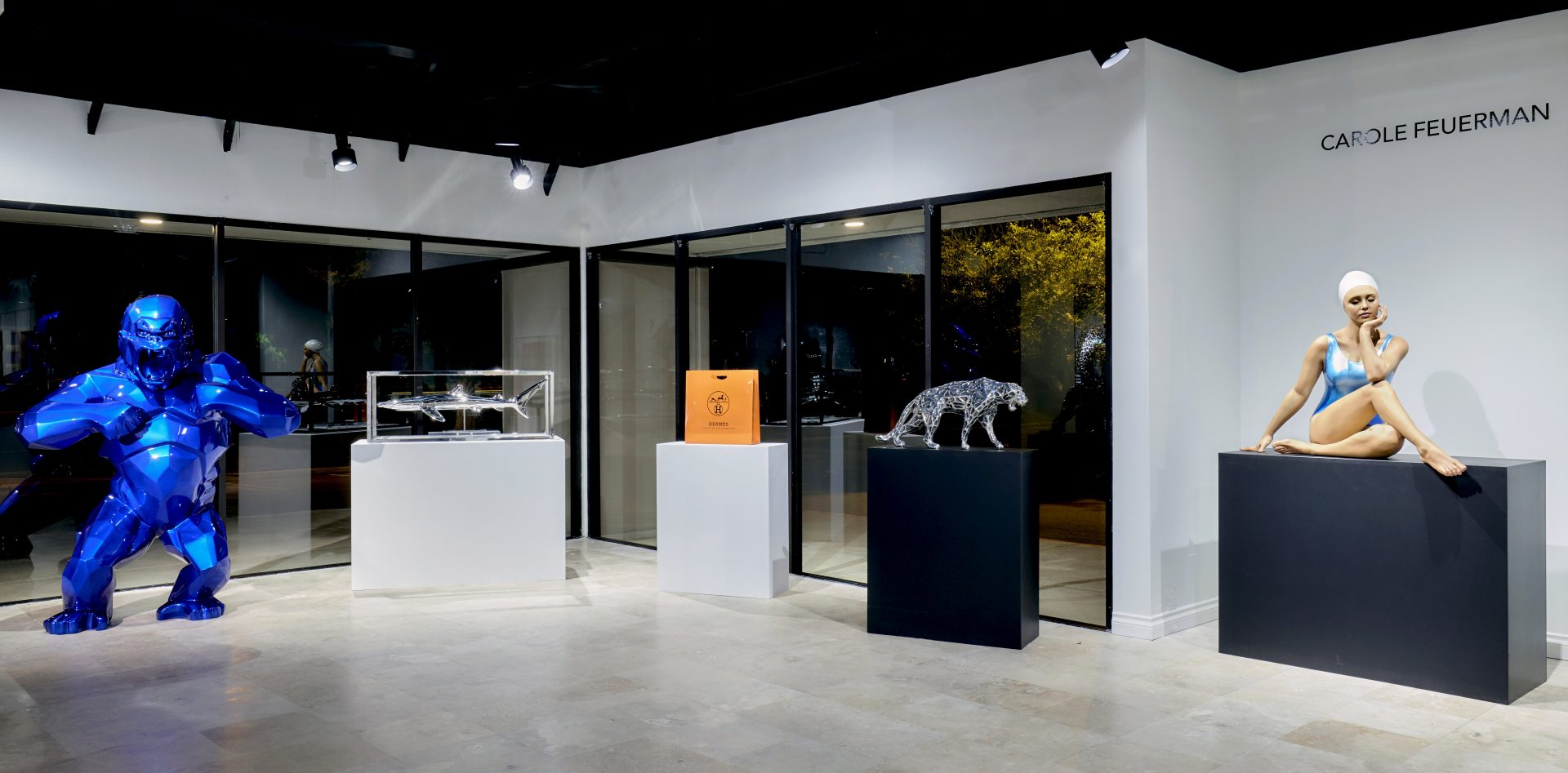According to Art Basel’s Mid-Year Review, 2021, things are definitely looking up for the industry. The pandemic, now stretching beyond a year and a half, presented some unprecedented challenges and obstacles for gallery owners, dealers, and auction houses. However, similar to all other commerce-based industries, the art world also found unique and innovative workarounds to keep operations in business. While we are by no means out of the proverbial woods with the pandemic, factors including employment, sales, and art fairs have slowly crept back up to pre-Covid levels. From the perspective of a gallery director, how did we maintain relevance during this trying period? We improvised. We adapted. We overcame it. The purpose of this editorial is to revisit and share the strategies we collectively employed to keep the lights on, and the doors open. An open tribute to those who’ve experienced selling art in the time of Covid.
When the pandemic eventually reached U.S. shores, the art gallery business model was suddenly faced with a perilous outlook. The need to maintain social distance, coupled with the transmissible risk of intimate indoor gatherings, quickly dismantled the art gallery’s leading sales channel. The precautions deemed necessary to protect public health also meant exhibitions, art fairs, receptions, and auctions would be severely curtailed. How much of a hit did the art market absorb?

Evidence of the distressing times the industry faced in 2020, tallied by Art Basel and UBS, pegged approximate sales at $50.1 billion, a 22% reduction from the previous year. Bad, yes. Catastrophic? Not by a long shot. A deeper inspection of the past few years reveals an art market already in decline across multiple channels. And the overall hit was in line with the 23.5% drop during the Great Recession in 2009. However, it’s one thing when the economy tanked and art buyers, collectors, and investors were forced to tighten their purse strings. It’s something altogether different when the activity of browsing art in-person at a gallery could be a potential risk to your health, and possibly even your life.
Gallery owners and directors were forced to confront the economic circumstances of this public health crisis. To maintain an outcome of break-even at best, the very business model for viewing, selling, and acquiring art would need major adaptations. Though the strategies that galleries undertook were often task-intensive, the basic premise was simple. The common denominator was a reversal of the traditional sales process. If we could no longer depend on people coming to us to buy our artwork, we’d simply have to bring our artwork to them. This was accomplished in many different ways, with varying levels of success, but the overriding theme of the effort was a noticeable shift to the virtual world of online sales.
Thankfully, online sales were already beginning to pick up steam in the industry, primarily driven by tech-savvy Millennials, on a mission to tilt the median age of the art collecting target market in a much younger direction. Left with no other choice, the majority of the industry’s traditional buyers, who prefer seeing art up close and personal before they purchase, were forced to leave their comfort zone and followed suit. In a short period, galleries began shifting sales operations to a more virtual experience, prioritizing an enhanced online presence for their own e-commerce capabilities, and listing inventory on the increasingly popular online art sales platforms. That’s not to say galleries completely abandoned in-person appointments, intimate receptions, and exhibition unveilings, but these efforts took much more planning and ingenuity to ensure public safety compliance according to local, state, and federal guidelines.

According to market research groups that track different industries, the number of art galleries in the U.S. is just shy of 5,000. While many of these already had an online sales component in place, it’s almost certain that many others needed to develop this critical sales channel in a short time frame or register to be listed on some of the industry’s most popular aggregate sales sites, such as Artnet, Artsper, and 1stdibs.com. The option to feature artwork on an online sales platform is a bit more labor-intensive. It became vital to keep the gallery’s offerings up-to-date, fresh, and with plenty of inventory to handle the potential sale that could materialize at any moment. To position a potential sale, gallery directors had the responsibility to hang art on a particular wall with specific lighting to enhance its features and take professional photos from many different angles. Sometimes, short teaser videos were also produced. If and when buyers expressed interest in a certain piece, gallery directors immediately seized upon the opportunity, lest the customer move on to another choice. As these exchanges were almost exclusively via email, it became very important for gallery directors to sell themselves as much as the art and artists they were promoting. The “art of conversation” pivoted from in-person to email messaging. The goal? Provide the potential buyer with as much information on the artwork and artist to build the collector’s confidence in purchasing “sight unseen” pieces. The browsing, negotiation, and sales cycle of selling art virtually can be frustrating with a lot of “back and forth” messages, but nonetheless, it’s always exciting to finally close a sale.

Gallery owners and directors never fully gave up on in-person sales, but the large-scale exhibition debuts gave way to smaller, carefully planned receptions. Planning these events and openings far in advance became the norm. RSVPs were required, with specific time slots to maintain proper social distancing, crowd control and compliance with public safety requirements such as masking. Many events, including art fairs, developed outdoor exhibitions or online virtual art fairs, which decentralized the vibe and brand of individual gallery events—but helped keep the sales pipeline afloat. For the time being, it appears that the smaller, more intimate gatherings will continue to supplant the big blow-out openings in the pre-Covid area. But this isn’t an altogether a negative development.

There is one final viewpoint worth mentioning, from the gallery director’s perspective on selling art in the time of Covid. Market disruption related to the pandemic led to a strengthening of the relationship ties between artists and the gallery owners who feature their works. This is due in part because many collectors and investors, buoyed with extra time on their hands, suddenly had the bandwidth to conduct a lot of online research for shopping for art on their own. More than a few buyers began contacting artists directly to negotiate deals for specific artwork pieces, attempting to bypass the gallery completely—even if they were initially introduced to the artist’s work by the gallery. The gallery-artist relationship is one predicated on the bonds of trust and requires co-dependence in adhering to each of their respective roles. Though in some cases this trust was tested, the business model and roles of the artist-gallery relationship remain largely intact.
As vaccinations continue to ramp up in the U.S. and globally, collectors, interior designers, and investors have steadily regained their comfort level in visiting galleries in person to search for fine art. Foot traffic has begun to increase exponentially, taking us back to selling art face-to-face, yet the virtual option remains robust. The experience of viewing art still produces a sacred and shared emotional reaction among us all. Every participant in the fine art industry, be they an artist, gallery owner, director, collector, designer, or investor, can still agree on one key premise of the business model. Given any of the alternatives, there’s simply no substitute for contemplating the emotion and wonder of artwork in person.
About the Author: Paul Dahmen is the Gallery Director at Markowicz Fine Art in Laguna Niguel, CA. Dahmen graduated with a bachelor’s degree in English Literature and Art History from Wayne State University in Detroit.
Dahmen moved to southern California and began as an art consultant at William Merrill Gallery in Laguna Beach. After a stint at Gebert Gallery in Venice, he created FP Contemporary gallery under the same roof as an art consulting firm in Culver City. When the opportunity to manage Markowicz Fine Art presented itself in 2021, he was excited to return to Orange County and begin the next chapter of his established art career. He can be reached at [email protected]


